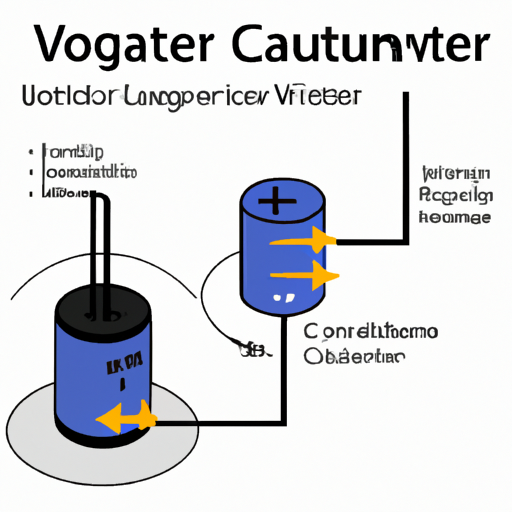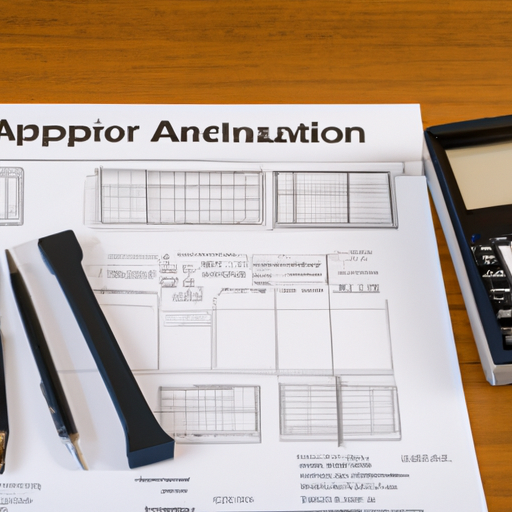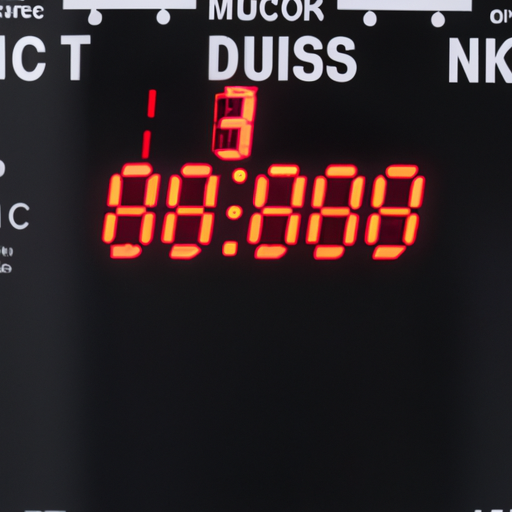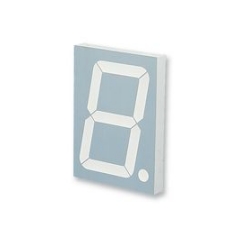An article to help you understand what a low-voltage capacitor is
An Article to Help You Understand What a Low-Voltage Capacitor Is
I. Introduction
In the world of electronics, capacitors play a crucial role in the functionality of various devices. Among these, low-voltage capacitors are particularly significant due to their widespread applications in consumer electronics, automotive systems, and industrial machinery. This article aims to demystify low-voltage capacitors, exploring their definition, characteristics, applications, and future trends. By the end, you will have a clearer understanding of what low-voltage capacitors are and why they matter in modern technology.
II. Basics of Capacitors
A. What is a Capacitor?
A capacitor is an electronic component that stores and releases electrical energy. It consists of two conductive plates separated by an insulating material known as a dielectric. When a voltage is applied across the plates, an electric field is created, allowing the capacitor to store energy. The primary function of a capacitor is to smooth out fluctuations in voltage and provide a stable power supply.
B. Types of Capacitors
Capacitors come in various types, each suited for specific applications:
1. **Electrolytic Capacitors**: These are polarized capacitors that offer high capacitance values in a relatively small size. They are commonly used in power supply circuits.
2. **Ceramic Capacitors**: Known for their stability and reliability, ceramic capacitors are often used in high-frequency applications.
3. **Film Capacitors**: These capacitors use a thin plastic film as the dielectric and are known for their low loss and high stability.
4. **Tantalum Capacitors**: These are also polarized and are used in applications requiring high capacitance in a compact form factor.
C. Overview of Voltage Ratings in Capacitors
Every capacitor has a voltage rating, which indicates the maximum voltage it can handle without failing. Exceeding this rating can lead to capacitor failure, which may cause damage to the circuit or device.
III. Understanding Low-Voltage Capacitors
A. Definition of Low-Voltage Capacitors
Low-voltage capacitors are designed to operate at lower voltage levels, typically below 50 volts. They are essential in applications where high voltage is not required, making them ideal for consumer electronics and automotive systems.
1. Voltage Rating Specifications
The voltage rating of low-voltage capacitors is crucial for ensuring safe and reliable operation. Common voltage ratings for low-voltage capacitors include 6.3V, 10V, 16V, and 25V.
2. Common Applications
Low-voltage capacitors are widely used in devices such as smartphones, tablets, laptops, and various automotive applications, where they help stabilize power supply and filter noise.
B. Comparison with High-Voltage Capacitors
Low-voltage capacitors differ from high-voltage capacitors in several ways:
1. **Construction and Materials**: High-voltage capacitors often use thicker dielectrics and more robust materials to withstand higher electrical stress.
2. **Performance Characteristics**: Low-voltage capacitors are typically smaller and lighter, making them suitable for compact electronic devices.
IV. Applications of Low-Voltage Capacitors
A. Consumer Electronics
Low-voltage capacitors are integral to consumer electronics. In smartphones and laptops, they help manage power supply, ensuring that devices operate smoothly without interruptions. They also play a role in filtering out noise from power sources, enhancing audio and video quality.
B. Automotive Applications
In the automotive sector, low-voltage capacitors are used in electronic control units (ECUs) that manage various functions, from engine control to infotainment systems. With the rise of electric and hybrid vehicles, the demand for reliable low-voltage capacitors has increased, as they are essential for battery management systems and power distribution.
C. Industrial Applications
Low-voltage capacitors are also found in industrial settings, particularly in motor drives and automation systems. They help improve power factor correction, which enhances the efficiency of electrical systems and reduces energy costs.
V. Key Characteristics of Low-Voltage Capacitors
A. Capacitance Values and Their Significance
Capacitance is measured in farads (F), and the value of a capacitor determines how much charge it can store. Low-voltage capacitors typically range from picofarads (pF) to microfarads (µF), depending on the application.
B. Tolerance and Its Impact on Performance
Tolerance refers to the allowable variation in capacitance value. A capacitor with a low tolerance will have a capacitance value closer to its rated value, which is crucial for applications requiring precise performance.
C. Temperature and Voltage Coefficients
Temperature coefficients indicate how capacitance changes with temperature, while voltage coefficients show how capacitance varies with applied voltage. Understanding these coefficients is essential for selecting the right capacitor for specific environmental conditions.
D. Lifespan and Reliability Factors
The lifespan of a low-voltage capacitor can be affected by factors such as temperature, voltage stress, and operating conditions. High-quality capacitors are designed to offer greater reliability and longer service life.
VI. Selecting the Right Low-Voltage Capacitor
A. Factors to Consider
When selecting a low-voltage capacitor, consider the following factors:
1. **Application Requirements**: Understand the specific needs of your application, including capacitance value, voltage rating, and tolerance.
2. **Environmental Conditions**: Consider the operating temperature and humidity levels, as these can affect capacitor performance.
3. **Size and Form Factor**: Ensure that the capacitor fits within the design constraints of your device.
B. Common Mistakes to Avoid
1. **Underestimating Voltage Ratings**: Always choose a capacitor with a voltage rating higher than the maximum voltage it will encounter in operation.
2. **Ignoring Temperature Ratings**: Failing to consider temperature ratings can lead to premature failure of the capacitor.
VII. Maintenance and Troubleshooting
A. Signs of Capacitor Failure
Capacitor failure can manifest in several ways:
1. **Physical Damage**: Look for bulging, leaking, or discoloration, which can indicate a failed capacitor.
2. **Performance Issues**: If a device is experiencing power fluctuations or malfunctions, it may be due to a failing capacitor.
B. Best Practices for Maintenance
1. **Regular Inspections**: Periodically check capacitors for signs of wear or damage, especially in critical applications.
2. **Proper Storage and Handling**: Store capacitors in a controlled environment and handle them with care to avoid damage.
VIII. Future Trends in Low-Voltage Capacitor Technology
A. Innovations in Materials and Design
The capacitor industry is witnessing innovations in materials, such as the development of new dielectrics that enhance performance and reliability. These advancements are crucial for meeting the demands of modern electronics.
B. Impact of Emerging Technologies
Emerging technologies, such as electric vehicles and renewable energy systems, are driving the demand for advanced low-voltage capacitors. These applications require capacitors that can handle higher energy densities and operate efficiently under varying conditions.
C. Predictions for Market Growth and Demand
As technology continues to evolve, the market for low-voltage capacitors is expected to grow significantly. The increasing reliance on electronic devices and the push for energy-efficient solutions will further fuel this demand.
IX. Conclusion
Low-voltage capacitors are essential components in a wide range of applications, from consumer electronics to industrial systems. Understanding their characteristics, applications, and selection criteria is vital for anyone involved in electronics design or maintenance. As technology advances, the importance of low-voltage capacitors will only continue to grow, making it worthwhile to explore this fascinating field further.
X. References
For those interested in delving deeper into the world of capacitors, consider exploring the following resources:
1. "Capacitors: Principles and Applications" by John Smith
2. IEEE Standards for Capacitors
3. Manufacturer datasheets for specific capacitor types
By familiarizing yourself with these materials, you can enhance your understanding of capacitors and their role in modern electronics.







